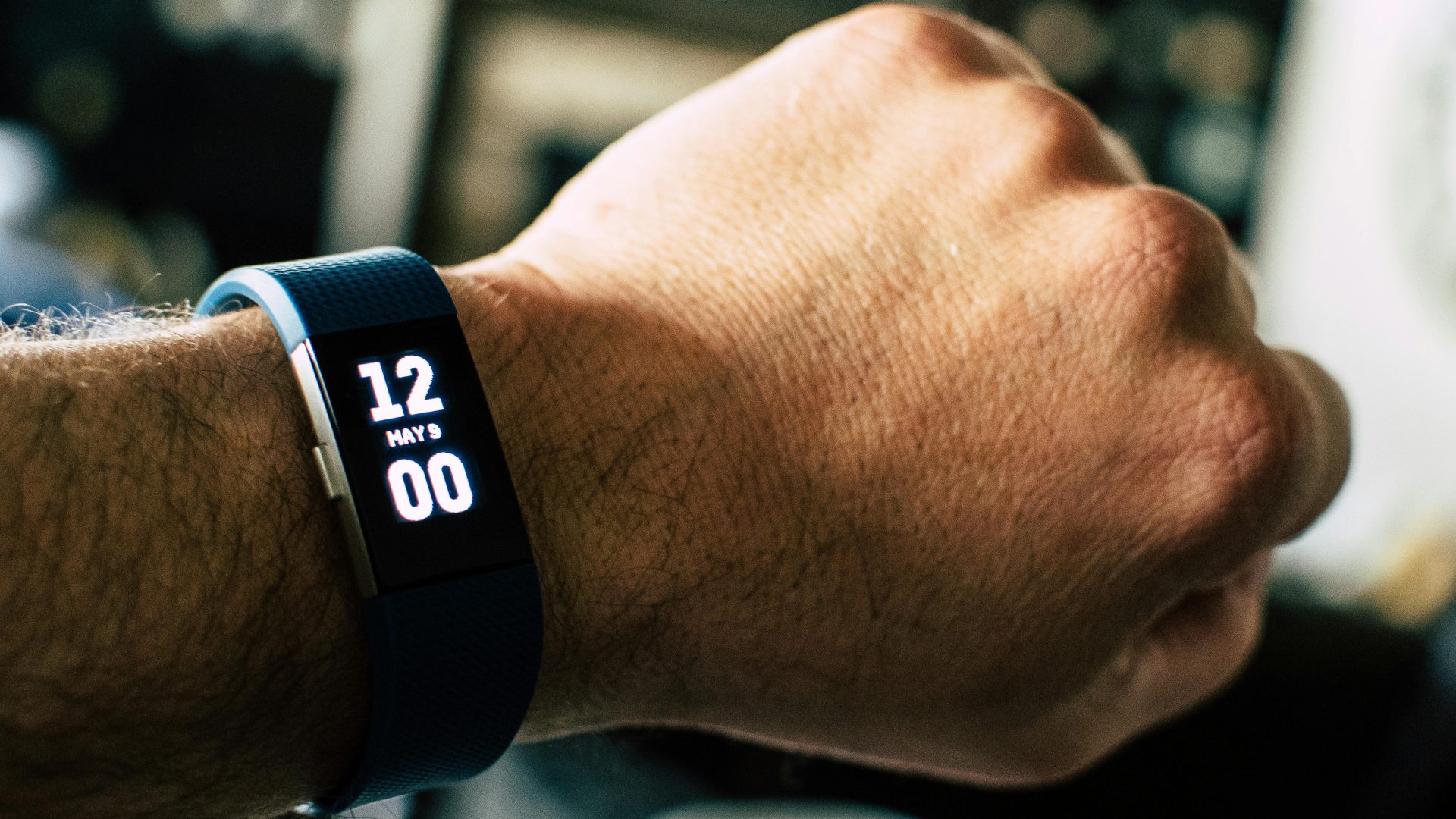The Absence of Reconnaissance in the Recent US/UK Drone Narrative
There’s a significant gap in the mainstream discourse surrounding the recent US/UK drone incursions—namely, the absence of any discussion about reconnaissance. While there’s ample conversation about the protocols for engaging and potentially shooting down these drones, there’s very little focus on the methods employed to observe and analyze them. The US possesses a robust array of surveillance assets, including helicopters, drones, aircraft, satellites, and advanced long-range terrestrial cameras, all of which are fully capable of monitoring these drones. Yet, astonishingly, no high-definition, detailed images, videos, or credible accounts have emerged that depict these drones or provide insights into their specifications.
It’s hard to believe that the US/UK forces are unable to track a “mysterious” drone back to its launch or landing site. This is basic investigative work. I can’t be the only one questioning this; so why isn’t the public receiving any information regarding surveillance efforts? If the rationale is “national security,” that feels like a convenient excuse. While it’s clear that reconnaissance drones exist and are effective, merely acknowledging their nature doesn’t compromise any strategic advantage. It’s understandable to refrain from revealing too many specifics, but withholding any updates on surveillance findings seems excessive, in my opinion.
What are your thoughts on this?

You raise some compelling points about the lack of discussion around reconnaissance in the context of the recent US/UK drone incidents. It does seem quite strange that in an age where surveillance technology is so advanced, there hasn’t been a more substantial revelation concerning the identification and tracking of these drones.
The absence of clear photographic or video evidence does leave room for skepticism regarding the effectiveness of current surveillance measures. It raises questions about whether the existing technology is being utilized to its full potential, or if there are deeper reasons for withholding this information from the public.
You correctly note that mentioning “national security” can sometimes serve as a convenient excuse to avoid accountability or transparency. While there are undoubtedly sensitive aspects to these investigations, the public has a right to understand the broader context of drone activities, especially given the potential implications for safety and military strategy.
Moreover, surveillance doesn’t just aid in identifying threats but also plays a vital role in shaping policy responses. Without concrete information or updates, it becomes challenging for both policymakers and the public to engage in informed dialogue about defense strategies and national security.
It would be beneficial for military and government officials to consider how they can communicate more effectively about what they are doing in terms of reconnaissance operations. Even minimal updates or general trends in drone identification could provide a sense of transparency while safeguarding operational security. This would certainly foster a more informed discussion about the capabilities and challenges surrounding drone surveillance.
What are your thoughts on how we might push for greater transparency in these kinds of operations?